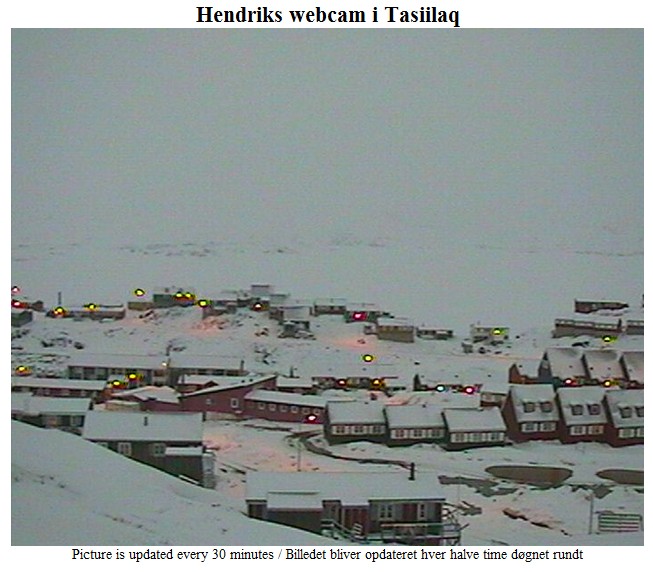Tasiilaq, Greenland – May 12, 2012
As Glaciers Melt, Science Seeks Data on Rising Seas
By JUSTIN GILLIS
Published: November 13, 2010TASIILAQ, Greenland — With a tense pilot gripping the stick, the helicopter hovered above the water, a red speck of machinery lost in a wilderness of rock and ice.
Hanging out the sides of the craft, two scientists sent a measuring device plunging into the water, between ice floes. Near the bottom, it reported a temperature of 40 degrees. It was the latest in a string of troubling measurements showing that the water was warm enough to melt glaciers rapidly from below.
“That’s the highest we’ve seen this far up the fjord,” said one of the scientists, Fiammetta Straneo.
The temperature reading was a new scrap of information in the effort to answer one of the most urgent — and most widely debated — questions facing humanity: How fast is the world’s ice going to melt?
As a result of recent calculations that take the changes into account, many scientists now say that sea level is likely to rise perhaps three feet by 2100 — an increase that, should it come to pass, would pose a threat to coastal regions the world over.
And the calculations suggest that the rise could conceivably exceed six feet, which would put thousands of square miles of the American coastline under water and would probably displace tens of millions of people in Asia.
As Glaciers Melt, Science Seeks Data on Rising Seas – NYTimes.com



Best to be donning your lifejacket and adopting the position if there is a tense pilot gripping the stick: he’s obviously out of his depth.
Wow, 2 years ago and still none of those things have happened.